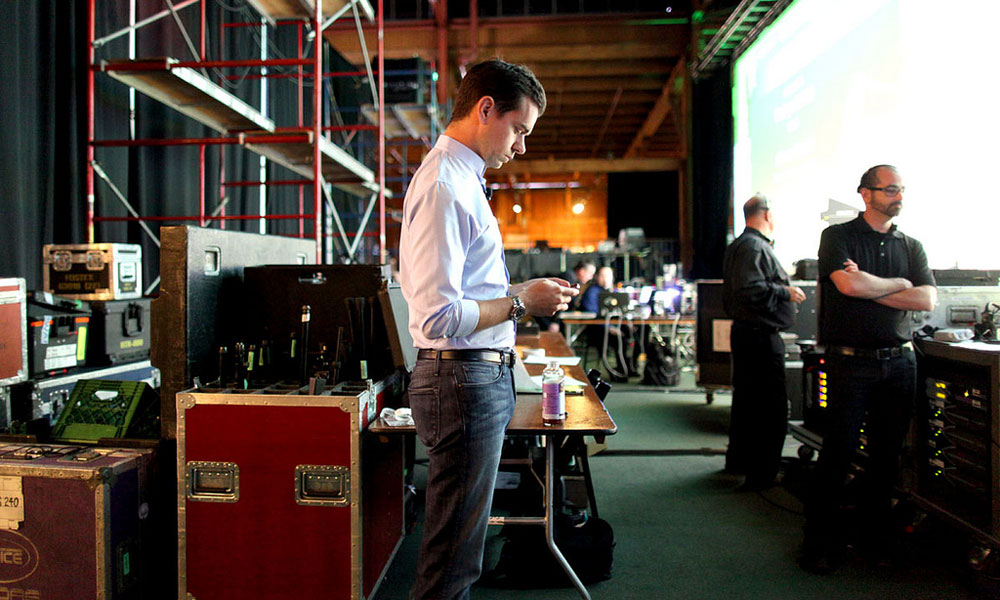
Lunchtime Links: Maybe More Transparency Is a Good Thing
Jack Dorsey, who helped build Twitter and Square, on the share-happy culture around Square's meetings. Also: How one tech conference solved its diversity problem.
Jack Dorsey, who helped build Twitter and Square, on the share-happy culture around Square’s meetings. Also: How one tech conference solved its diversity problem.
Ever feel like your life is a nonstop meeting? That you’re spending so much time planning your next steps that they never actually happen?
High-profile tech titan Jack Dorsey understands—and he’s trying to fight that tendency in his own corporate culture. How he does it, and more, in today’s Lunchtime Links:
A fully transparent approach: Jack Dorsey isn’t afraid of trying things nobody else would even consider—a trait that’s treated him well as he’s helped conceive and lead two major companies, Twitter (which is expected to have its IPO on Thursday) and Square (where he’s currently the CEO). At the latter company, he’s taken an unusual approach to keeping meetings from overtaking the actual work: For meetings involving more than two people, everyone shares their notes and slides with everyone else in the 600-person company, so everyone’s aware of any planning that’s happening. “It’s very hard to keep secrets at Square,” Dorsey said at GigaOm Roadmap on Tuesday, according to one of the conference’s attendees, TechCrunch‘s Alexia Tsotsis. Radically transparent, or just radical?
Rethinking the selection process: “The first year of the conference, I invited speakers that I knew. It came out all white and all men.” That’s the dilemma Eric Ries, the creator of the Lean Startup Method conference, found regarding his speaker selection—a common issue among tech conferences, where accusations of sexism and lack of diversity are common. His solution, according to PandoDaily? Ries got a collaborator, former Web 2.0 Expo showrunner Sarah Milstein, who pushed for more diversity. The duo admitted to issues in the selection process and changed the phrasing of the application for speakers, emphasizing the desire for people with stories over experts. Then they worked their contact lists, encouraging all different people to apply. But the most interesting aspect? They chose speakers blindly—blocking out names and genders and choosing only on the speaker’s career merits. The results? Around 30 percent of speakers are minorities and 40 percent are women. How have you encouraged diversity in your own selection process?
Fighting against community failure: Building an online community is challenging; keeping it stable after it’s been built is even harder. That’s something Harvard Business Review Associate Editor Walter Frick emphasizes in a post about the fragility of online communities. While Frick admits that some community turnover can help restabilize a shaky base, the goal needs to be to create a platform where older members embrace newer ones, making the process less painful for everyone. “Online communities tend to develop a sophisticated set of norms that can serve to discourage new members,” he writes, citing the use of hashtags on Twitter as an example. “The challenge for community managers is to tie authority within a community to the mentoring of new members, whether formally, through changes in the way the platform calculates authority, or informally, by encouraging established members to lead through example in engaging new ones.” How have you gotten around these issues in your own communities? (Thanks to Socious’ Joshua Paul for the tip!)
What’s hiding in your RSS reader today? Tell us about it in the comments below.
Twitter co-founder and Square CEO Jack Dorsey. (photo via TechCrunch's Flickr page)






Comments